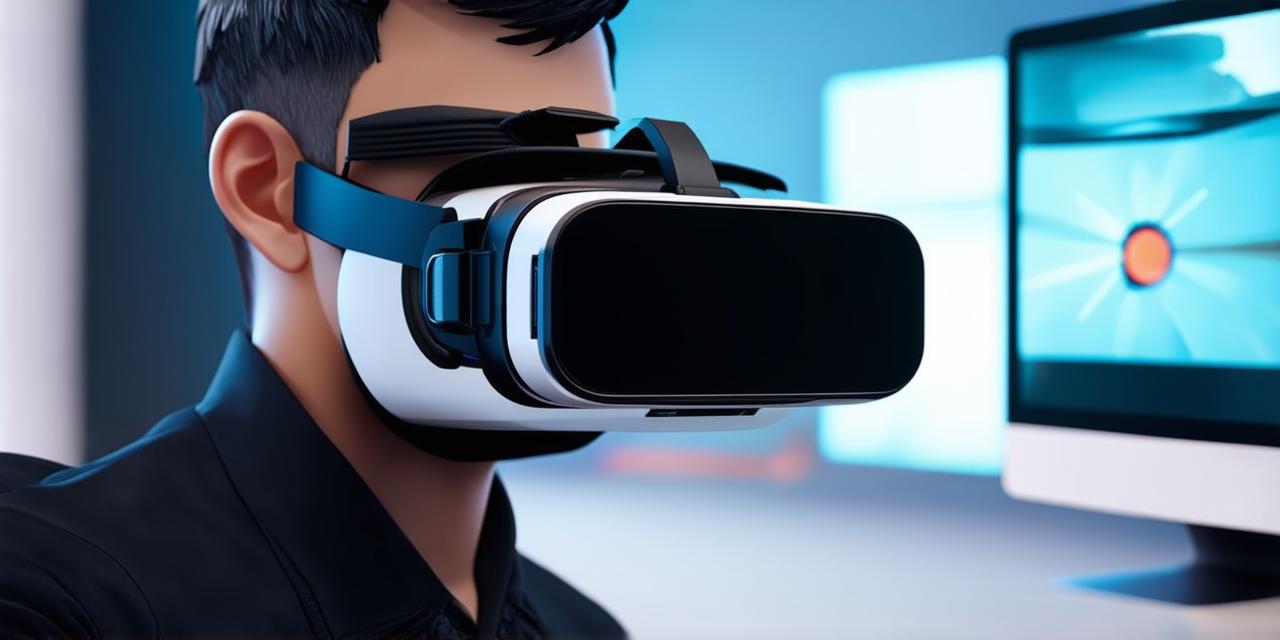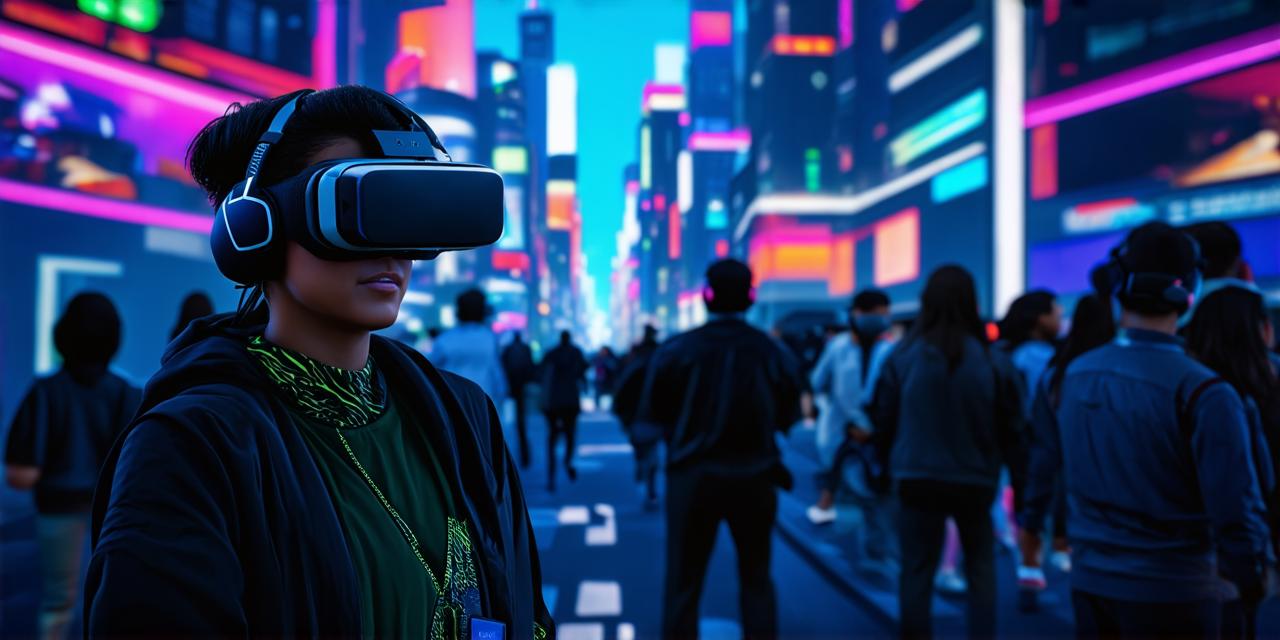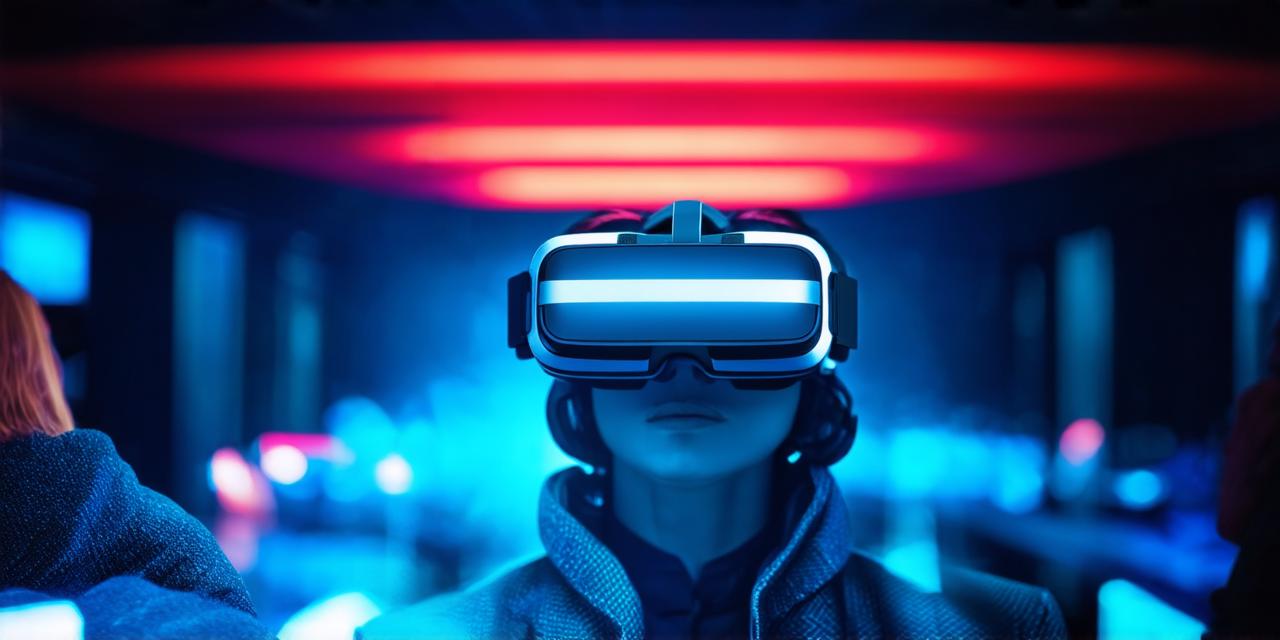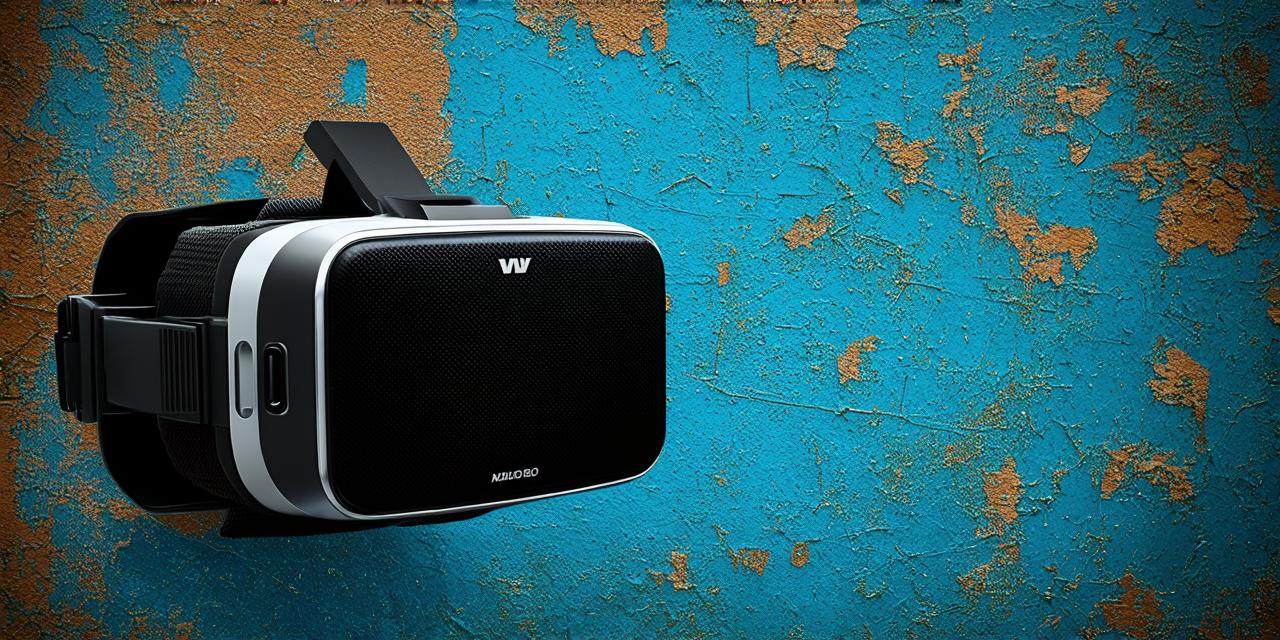Virtual reality (VR) is a technology that simulates a 3D environment in which users can interact with objects and other people as if they were real. The function of VR is based on several principles, including computer-generated graphics, motion tracking, and input devices. In this article, we will explore how VR works and how it creates an immersive experience for the user.
Computer-Generated Graphics
One of the most important aspects of VR is its ability to generate realistic 3D graphics. These graphics are created using powerful computers that render images in real time based on the user’s actions and movements. The graphics are then projected onto a large screen or multiple screens, creating a fully immersive experience for the user.
Motion Tracking
Another key component of VR is motion tracking. This technology allows the computer to track the user’s movements in real time, including their head, body, and hands. This information is used to update the graphics in real time, creating a seamless and responsive experience for the user. Motion tracking can be done using various methods such as optical sensors, magnetic fields, or inertial measurement units (IMUs).
Input Devices
Input devices are used by the user to interact with the virtual environment. These devices can include controllers, gloves, headsets, and even eye trackers. The input devices capture the user’s actions and movements, allowing them to interact with objects and other people in the virtual world.
Headsets
A headset is a device worn on the head that provides an immersive experience for the user by blocking out the real world. The headset typically includes displays for each eye, which create a stereoscopic effect, making objects appear three-dimensional. Some VR systems use wireless headsets, while others require a cable connection to a computer.
The Future of VR
Virtual reality technology is constantly evolving, and new advancements are being made all the time. As the technology continues to improve, we can expect to see more immersive and realistic experiences in the future. The potential applications for VR are vast, including education, entertainment, healthcare, and even space exploration.
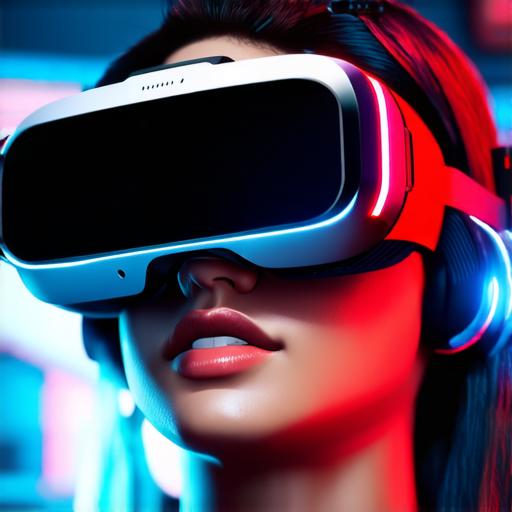
In conclusion, virtual reality is a technology that creates an immersive experience for the user by generating realistic 3D graphics, tracking the user’s movements in real time, and providing input devices to interact with the virtual world. As the technology continues to improve, we can expect to see even more exciting and innovative uses for VR in the future.
